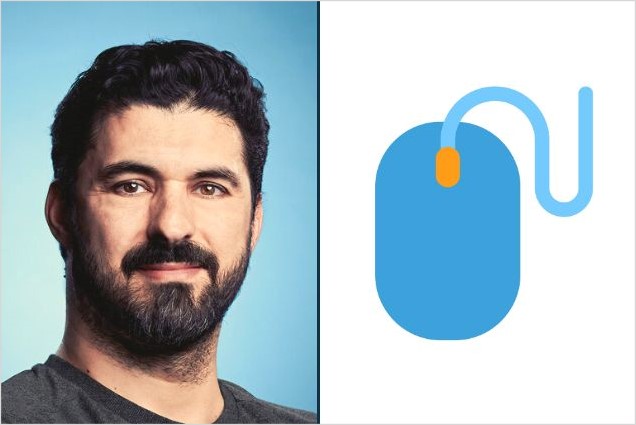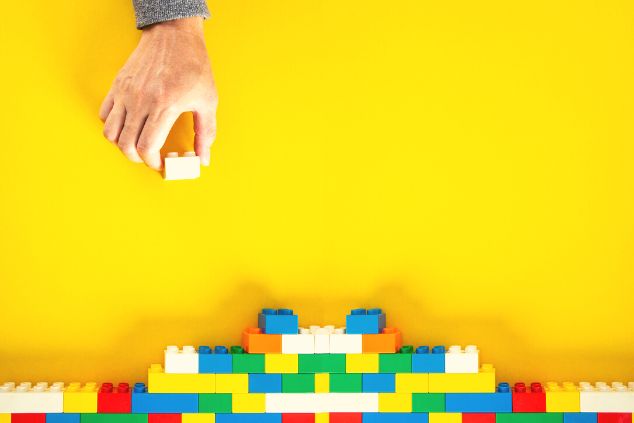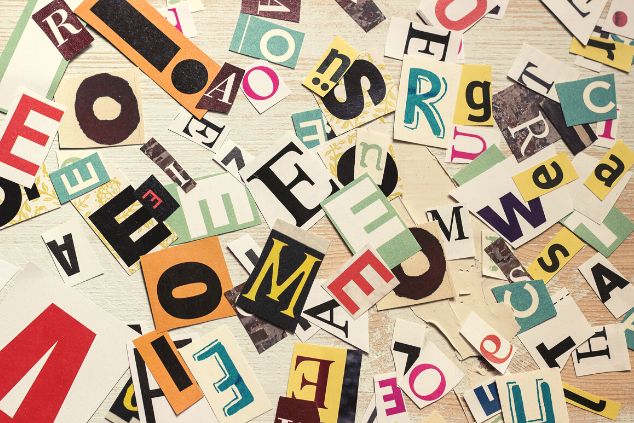In this interview series, InterNations team members talk about their role and responsibilities. Here, Senior UI Designer Pedro discusses why his work sometimes reminds him of playing with LEGO, and what remote work’s got to do with free-range eggs.
How would you sum up your job in a few sentences?
As a Senior User Interface Designer, I’m responsible for the visual journey of our users across the InterNations platform.
It doesn’t matter if our members use our smartphone app or access our desktop website via their laptop. The look and feel of InterNations should always be consistent. The visuals need to be both aesthetically pleasing and conform to our guidelines for brand and product design. And it’s my job to take care of this.
How does the role of a UI designer differ from working in user experience design?
In short: UI (user interface) design is all about the visuals and the way our platform looks. UX (user experience) design, on the other hand, focuses on usability and how the users navigate our platform.
At the moment, it’s our resident UX expert who starts with the concept for a suggested new feature. She’ll break this feature down into different steps from a user perspective. What’s going to happen when our users interact with this part of the InterNations app or website? Once UX has come up with a concept, I’ll pick it up from there and start working on the visual design.
What makes my job a lot easier is that we’ve gradually been building our own design system at InterNations. A design system consists of the various components we use across our platform. For example, it defines all the different types of buttons our users might click on. These components are stored in the design library.
So, whenever I design a new feature, the first thing I do is check if its components already exist. In this case, I just need to put them together to create a new page. It feels a bit like playing with LEGO bricks as a kid! But while putting the pieces together, I might also realize that there’s an important part still missing. Then I need to come up with a design for this new component and add it to our library.
Working with a design system has some major benefits. Most importantly, the design of a specific component — for example, the buttons I just mentioned — always stays the same. We can avoid any inconsistencies that might confuse our users when they navigate the website or app. What we want is to make using our product as uncomplicated and enjoyable as possible.
If I’m remembering correctly, you started out as a traditional graphic designer. So, how has your career changed over the years?
A lot! I’m now in my late 40s. As you can imagine, my education in graphic design was really old school. My degree course focused exclusively on print, and we even had to learn how to create our designs by hand. We’d take pictures, cut out images, and put together collages to visualize our ideas.
During my university years — I graduated in 1995 — computers were slowly becoming more common as tools in our line of work. But when I started my career back home in Portugal, graphic design was still all about print: books, flyers, posters, you name it. So, I worked in this field for quite a while.
Roughly a decade ago, I moved to Germany and tried to make it as a graphic designer here. That’s when I began to shift my focus to the digital world — first web design and then UX. At one point, I even went back to doing an internship at a digital agency to get started in UX design. After working as a fully fledged UX designer for several years, I landed my current job at InterNations.
Here, I’ve concentrated a lot more on UI design, looks, and style. And now, I’m excited that I’ll be getting back into UX design again: Our product managers and I will soon be taking over developing the concepts for new features.
What was it like to start over as a digital designer? And do you sometimes miss working with print?
Honestly, the principles of good design — like visual balance, alignment, or emphasis — remain the same, regardless of your medium. You can apply them anywhere, both in print and in a digital format. About 80% of shifting my work to digital design involved transferring my existing skills to a new medium.
The remaining 20% were the different kinds of technical skills required. When working in print design, for example, you need to know how to create offset prints with four basic colors. But as a digital designer, you need to be aware of different things. For example, which image resolutions can I use where, so my graphics won’t look too blurry?
But I didn’t read any books or take any classes to acquire the skills I needed for UX and UI design. It was very much a hands-on experience — training on the job and learning by doing. The best advice I received at this stage of my career was actually, “just look and observe”.
Nowadays, our society is so heavily digitalized. My work as a UI and UX designer is probably going to reach far more people than my print designs ever did. But I still like print as a visual medium, and I don’t think it’s ever going to disappear completely.
It’s a bit like the music industry. You can stream music online, you can get out your CD collection, or you can even put on a good old-fashioned vinyl record. But the tune is still the same. And that’s how I see the future of print — as the vinyl of the design world, appreciated and celebrated by enthusiasts.
What do you enjoy most about your current role as a UI designer?
The fact that my work as a designer does make a difference, both to our business and our members. It’s not just a cliché to say so — I have the data to back it up. Whenever we change something on the InterNations platform, we’ll run experiments with parts of our member base. Then we’ll analyze the data to see if our changes have actually made a positive impact on user behavior.
For example, if we want to make it easier for our members to create events, the number of new events in our experiment should obviously increase compared to the control group. Then we’ll know that our ideas — including my designs — have worked out as intended.
You’ve been with the company long enough to have experienced both life in the office and our current remote-first setup. How has remote work changed your experience of working at InterNations?
The rise of remote work was one of the few positive things to come from the pandemic. It was great to realize that our company can actually function with everyone working more or less 100% remotely. For me, the switch was a life-changing event, since the new policy allowed me to move without changing jobs.
I now live in southwestern Germany, near Lake Constance, where my partner is originally from. We wanted our son to grow up in the countryside, playing among woods and meadows, and not in Munich’s busy city center. I wish you could see the view from my window right now: the hills, the lake, and the chickens grazing in the field behind the house …
Wait, you’re now keeping chickens while working from home?
No, the chickens belong to my in-laws, who live next door. We share a garden with them, and the chickens, all 14 of them, happen to be on our side a lot. But I shouldn’t complain! We benefit from them, too. Have you ever tasted freshly laid eggs from a free-range chicken? The flavor’s much more intense than anything you can buy at the supermarket.
Image credit: InterNations, iStockphoto



